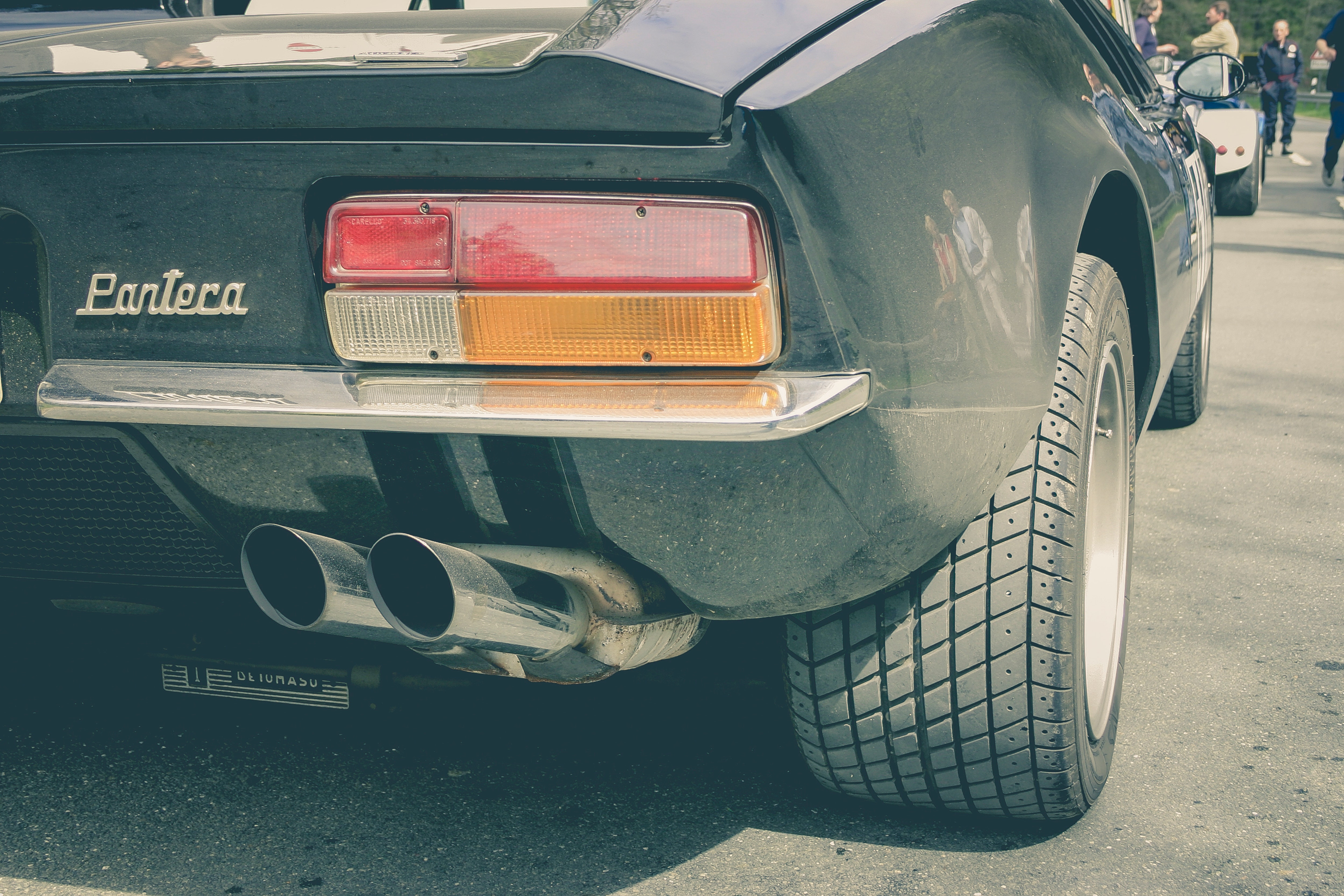Having an MOT every year is an essential part of owning a car over three years old. Most of the time, cars pass without any major concerns. However, there is always the chance that you could fail. Indeed, increasing numbers of cars are failing certain parts of the MOT over recent years. Your car could fail its MOT for a reason you’ve never even considered.
Emissions Tests
Emissions tests have been a component part of the MOT for several years. However, in May 2018 they were made stricter and a more essential part of passing the test. The changes represent an attempt to restrict the number of overly polluting cars on the road.
Diesel Vehicles
These changes are particularly aimed at diesel vehicles. If the testing mechanic sees smoke of any kind coming from the exhaust of a diesel vehicle, it will fail immediately. This change has meant that 448% more diesel vans failing their emissions tests than before the check came in place.
Petrol Vehicles
More than half a million petrol cars in total failed their emissions tests. Until they have been repaired to a standard fit to pass the MOT, they have to stay off the road. This isn’t necessarily because of emissions tests though – other environmental factors could cause your car to fail.
Leaking Fluids
Fluid contamination or leakage is a potential reason for failing – as is under-inflation of tyres, excessive brake pad wear, damage to headlight washers (on vehicles that have them) and more. The new MOT rules also mean that your car can be marked down for issues that could become causes to fail in the future, but are not actually enough of a reason to fail yet.
Despite the rise in vehicles failing the emissions part of their tests, the number of cars failing the MOT overall has actually fallen. Due to the more environmentally conscious design of most modern cars, and the less likely to fail nature of modern design, cars from 2014 and 2015 that are receiving their first MOT in 2018 are unlikely to fail.
GAP Insurance makes sure that you protect the full value of your vehicle. If your car is written off, you might not get back what you paid for it from your insurer. GAP Insurance fills in the difference between the insurer valuation and what you actually paid for the vehicle.

